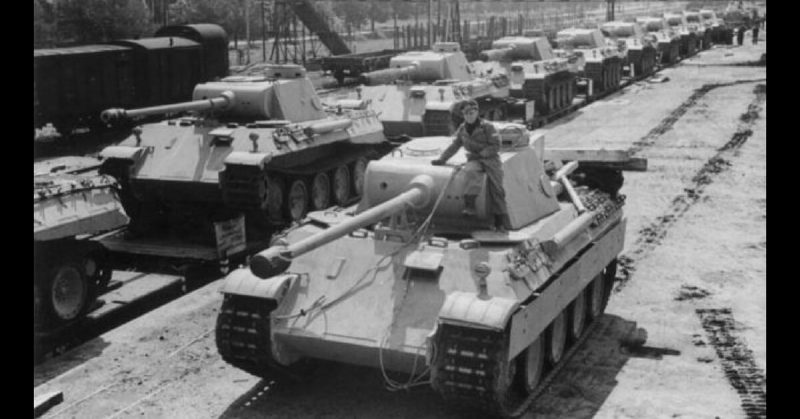After defeating the Axis forces in North Africa in May 1943, the Allies faced a problem – when to invade Europe. German technology and tanks were formidable, and the Allies wanted to minimize their casualties. What to do?
The Allies needed to find out how many tanks the Germans had so they could prepare accordingly. Simple in theory but how to achieve it. Fortunately, the Allies figured it out; by using wizardry.
First, beginning in May 1940, they tried to blast Germany to smithereens – officially called “strategic bombing.” In an age before computers and laser-guided missiles, there was little about it that was strategic. However, the German war machine continued churning out tanks.
In June 1941 Germany invaded the Soviet Union. The two countries had previously signed a non-aggression pact but Germany reneged on it. The Soviets joined the Allies requesting them to open a second front ASAP to ease the pressure on their forces.
The Allies were not ready for an invasion of Europe. Instead, they invaded North Africa in November 1942 to disrupt German and Italian access to oil. They then invaded Sicily in July 1943, and by September of that year, southern Italy (while the northern half remained under German control).
The Soviets finally got their second front, and the Allies had a foothold in Europe. By then, however, Soviet fortunes had changed. They had defeated the Germans at the Battle of Stalingrad in February 1943 and were going on the offensive. With the tide now turning against Germany, the Allies began planning for D-Day.
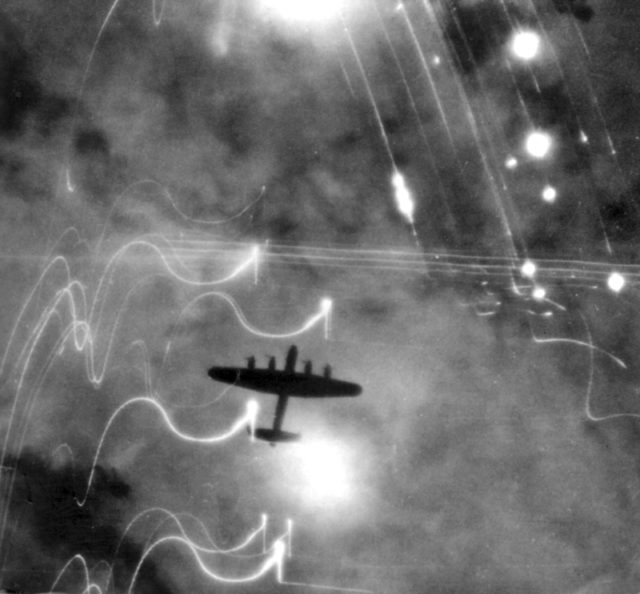
Germany was not going to give up without a fight. Their tanks were superior to the Allies although the Americans felt their Shermans were a match for the Panzer III and IV tanks. Then intelligence was received about a new model – the Panzer V.
To prepare for D-Day and beyond, the Allies upped their bombing campaign over Germany. They still needed to know how many tanks the Germans were producing a month. Information gleaned from German POWs, spies in the field, decoded messages, and aerial reconnaissance yielded an impressive figure.
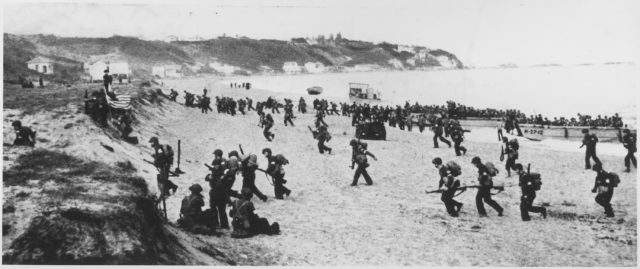
The results suggested that between June 1940 and September 1942 Germany had produced approximately 1,000 to 1,400 tanks a month. However, the Soviets were suspicious of such an estimate. The Germans had deployed about 1,200 tanks at the Battle of Stalingrad over an eight-month period. If they were producing more, why had they not used them there?
The real figure, therefore, had to be much less. To try to get an answer, they resorted to statistics; also known as maths wizardry.
The Allies had captured several German tanks in various states of disrepair. Each had a serial number. The maths wizards used a Minimum-Variance Unbiased Estimator (MVUE) to guess how many tanks there were, based on a random sample.
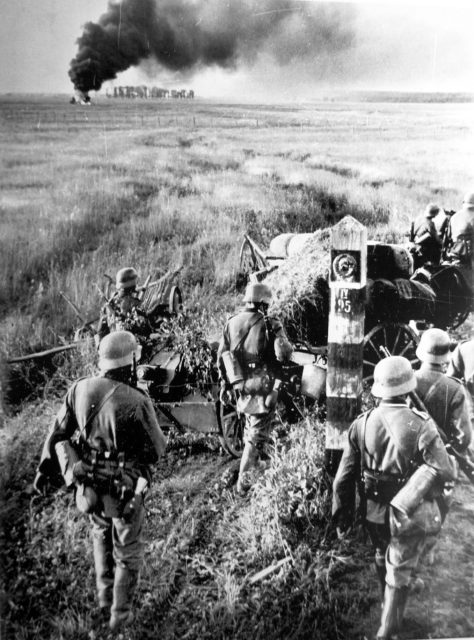
For example, if they had retrieved six tanks with the following serial numbers: 35, 11, 21, 19, 4, and 7; the highest serial number they had was 35, so they could have taken a wild guess by multiplying that by 2 to get 70.
Or they could get twice the mean value of all the serial numbers: 35 + 11 + 21 + 19 + 4 + 7 = 97. To get twice the mean value, divide 97 by 6 to get 16.
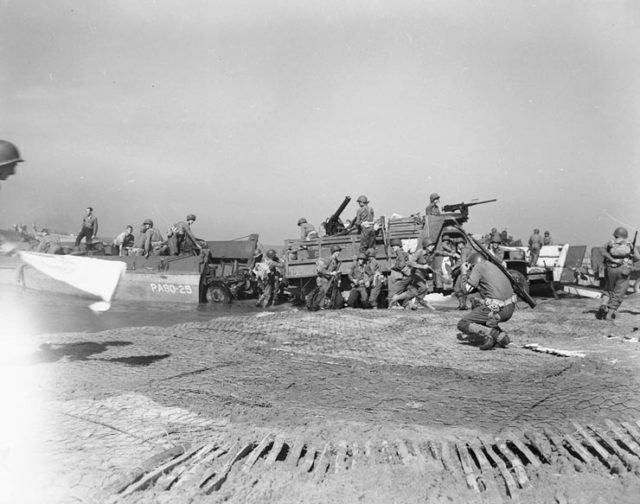
Both answers were guesses. The statisticians, following a careful study of the serial numbers and a lot of experiments, came up with a very complicated formula. At its simplest that formula can be written as:
population maximum = sample maximum + sample maximum/sample size – 1
The population maximum is what they were trying to find out – how many tanks the Germans were producing. In the example, the sample maximum is 35, while the sample size is 6.
35 divided by 6 = 5.83, rounded up to 6. 35 plus 6 is 41. Subtract 1, and the answer is 40. A lot closer to the sample value than either 70 or 16.
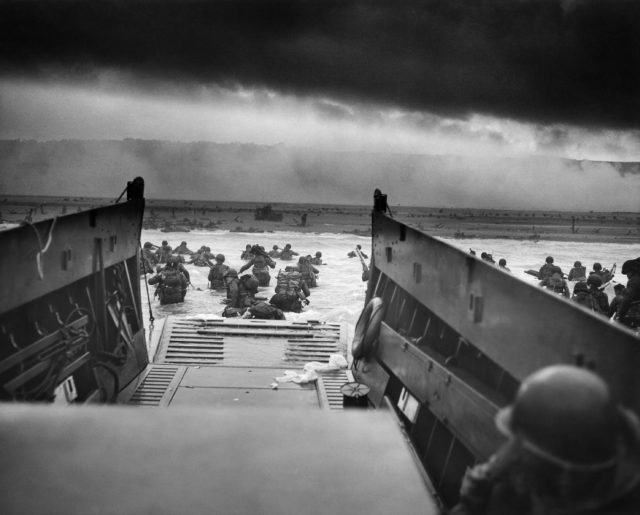
According to the statistician’s computations, the Germans produced 246 tanks a month from June 1940 to September 1942. When the war finally ended, and the German production records were examined they discovered the statisticians had gotten it wrong by only one! The real figure was 245.
Working on the basis the Germans were producing 246 tanks a month, the preparations for D-Day began. Had the Allies believed the 1,000 to 1,400 figure, D-Day would have been postponed until they could compete. Meanwhile, German V-rockets would have wrecked havoc on Britain.
Incidentally, they also figured out how many V-rockets Germany was producing a month, but that is another story entirely.
